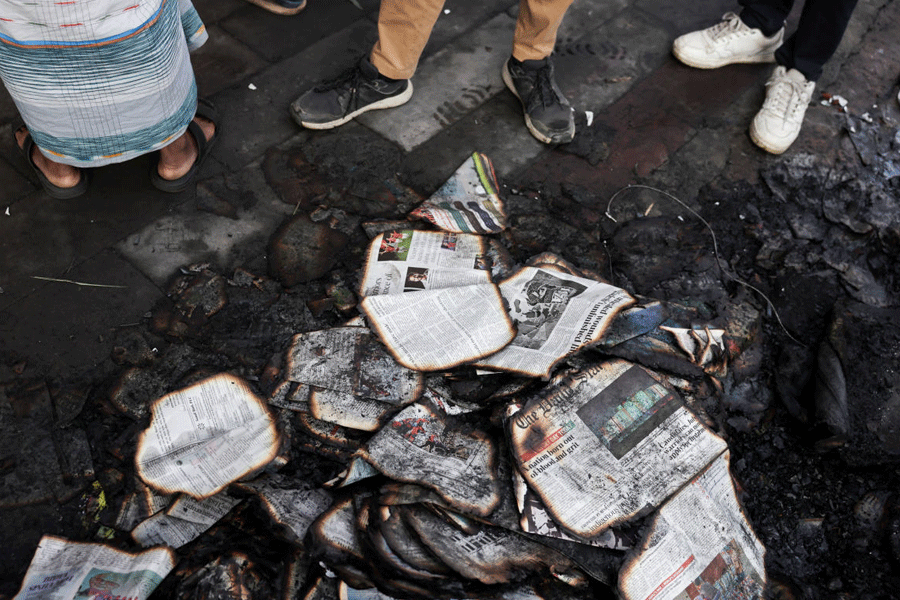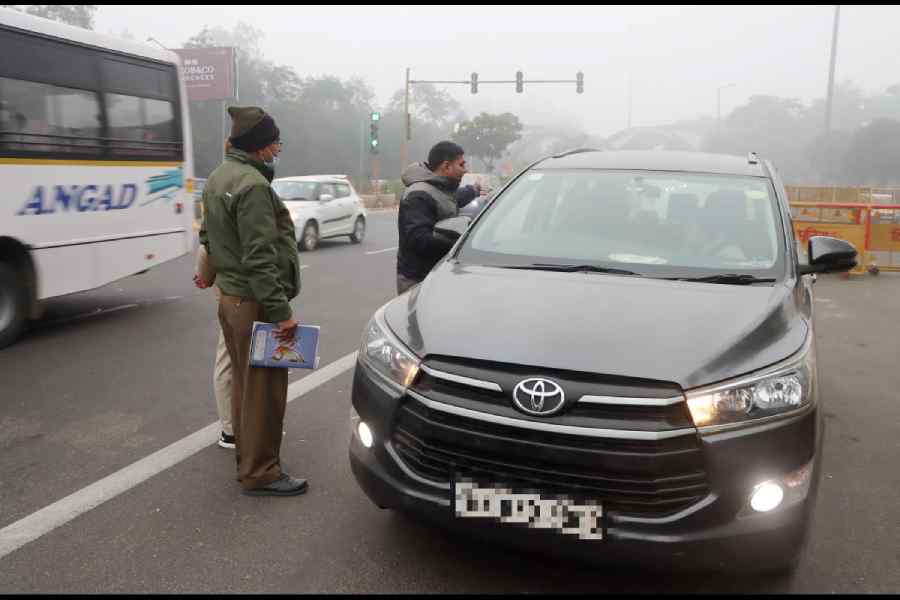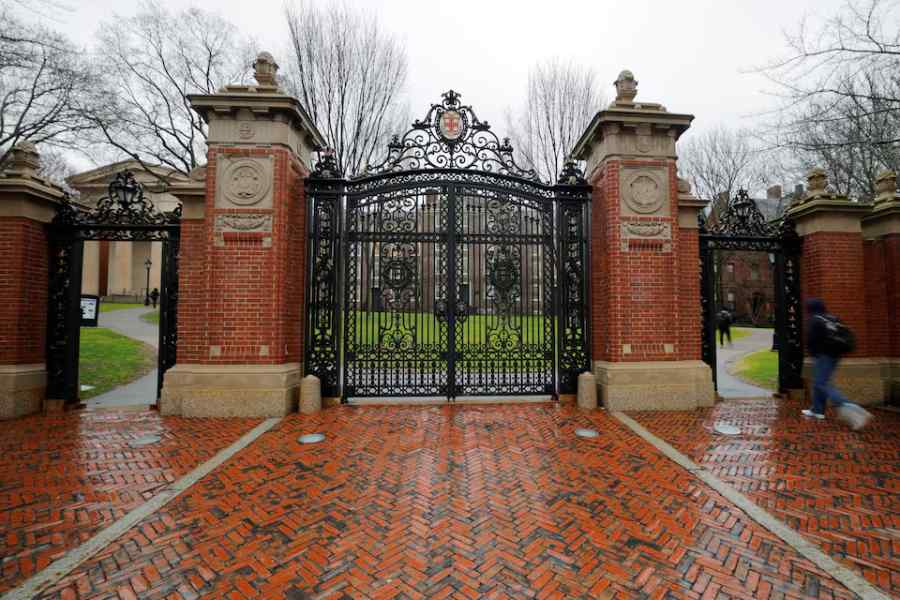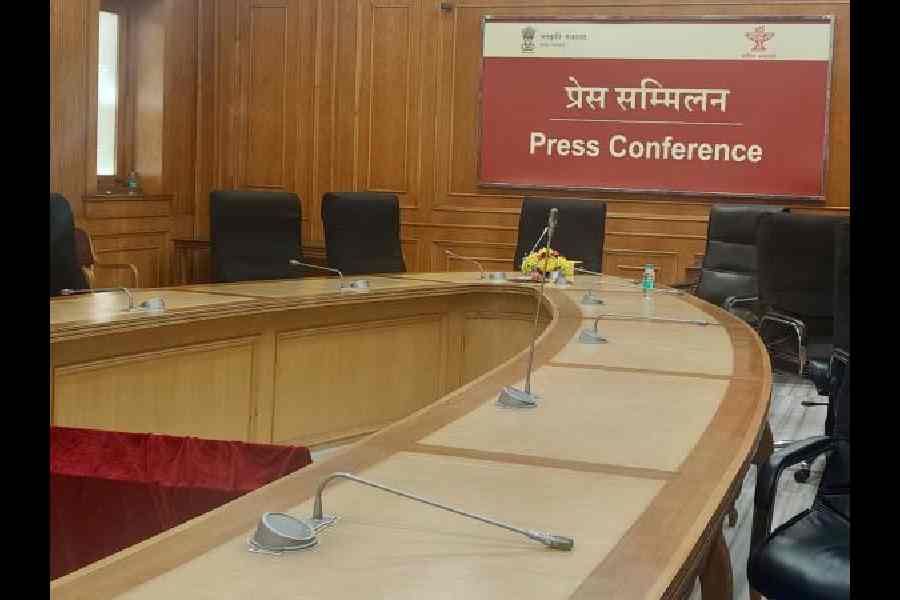Calcutta is a rising star in crime against women, doing even better than some of its infamous north Indian cousins as biker gangs bare fangs and the police force is rendered toothless.
Figures available with the National Crime Records Bureau show that Calcutta has seen a 142 per cent increase in crime against women over the past five years. From 836 registered cases in 2008, the figure shot up 2.4 times to 2,025 cases in 2012.
What the records don’t say is how the police are under pressure from political leaders to let offenders go scot-free.
“We have seen officers who have tried to initiate strong action being transferred. Nowadays even local leaders call up senior officers to bail out their cadres. Earlier, only a select few in the ruling political hierarchy had the clout to call up Lalbazar and order the police around,” said a senior officer on condition of anonymity.
The officer said it was common for anyone remotely associated with the political leadership to ask the police to do their bidding. “If we pick up someone who has some political link, immediately local leaders will call the police station. If we refuse to let off the person, then a senior leader will call up a senior police officer and ultimately we have to do as told. So why should an officer take a chance?”
Sociologists point to the lack of fear among offenders about being hauled up by the police as the most dangerous trend. Political interference and the sometimes irresponsible comments that come with it make things worse, they say.
“A leader casting aspersion on a woman who has been harassed creates the impression that he or she is on the offender’s side,” said Prasanta Roy, a scholar in sociology.
Criminologist Partha Das Chowdhury sees the “low cost of crime” as the trigger for the spurt in crime against women, reflected in the records. In 2008, the number of cases pertaining to rape, outrage of modesty and outrage by words/gestures was 327. In 2012, the figure rose to 931, a 184 per cent jump.
The police’s response to some recent incidents in town bolsters the theory that weak law enforcement is mainly responsible for crime against women shooting up.
On the night of July 13, a Frenchwoman was chased through Jodhpur Park and Lake Gardens by a group of bike-borne youths, one of them screaming that “I want to f*** her”. Her male friend, an official of the Alliance Francaise du Bengale, was assaulted for protecting her.
Although the police made the first arrest in the case hours after the complaint was lodged, the charges they pressed were lenient and helped the accused get bail the next day. It was only after The Telegraph carried the full account of the foreigners’ ordeal did the police come to know about the nature of the offence and slapped stronger charges, including attempt to murder and assault or criminal force against woman with intent to outrage her modesty.
The current trend on the streets of the city is of gangs of bikers taunting or unleashing sexually coloured remarks at women. A week after the Frenchwoman was hounded, bikers harassed Tolly actor Indrajit’s sister-in-law and his 18-year-old niece on Park Street, some of them shouting “Utha le, utha le…kuch nahin hoga (Pick them up...nothing will happen)”.
Sociologist Roy pointed to the police filing a flimsy chargesheet in the Kamduni rape-and-murder case as an instance of weak enforcement encouraging crime. “The court rebuked the police for the chargesheet. Such instances show that Bengal is not serious about curbing crime against women,” he said.
Sukanya Sarbadhikary, who teaches sociology at Presidency University, said “rising aspirations” were also a trigger for crime against women. “People aspire for better standards in life but when they fail to achieve that, they resort to anything that will immediately help them meet some of their desires. When an offender targets a woman from an economically better background than him, it is almost as if he is fulfilling an aspiration. Not that men from rich families don’t target women (the Park Street rape is a case in point),” she said.
Some point to the stagnation in urban employment opportunities as a factor. “The only sectors that seem to provide a steady supply of jobs in the city are construction and the autorickshaw business. It is no coincidence that people employed in these two trades are also more likely to be used by political parties,” said a social scientist who did not wish to be named.
‘the city of joy has become city of bhoy’
I am a Calcuttan living here since I was 17. Today I am a mother of two and this is my 47th year here. I have seen the questions raised by a reader of The Telegraph today and I’d like to answer a couple of them.
Where were the police?
When I came to live here and stayed in a girls’ hostel, we would move around in only-girls groups. Late-night movies, parties, tea at the Russel Street corner, even visiting the one or two discos that were there. The police were always on their rounds, doing their duty. Never did we face any problem.
Police are there at night today as well, but only to see where they can earn a couple of rupees, not to stop harassers.
Should late-night films, dinner and disco be banned?
Imposing a Cinderella time would mean giving in to the goondaraj which has taken over the city. If late-night entertainment is shut, we women would be telling those responsible for all this that you go ahead and do whatever you want.
Back then, after the night shows, plenty of taxis were available and the roads were safe. But now even when you are with your family, bikers are hounding you.
Why? I guess this is Poriborton!
Now, the City of Joy has become the City of Bhoy (fear)! It is heartbreaking.
— Please don’t give my name
![]()











